High hydrogen baffles researchers
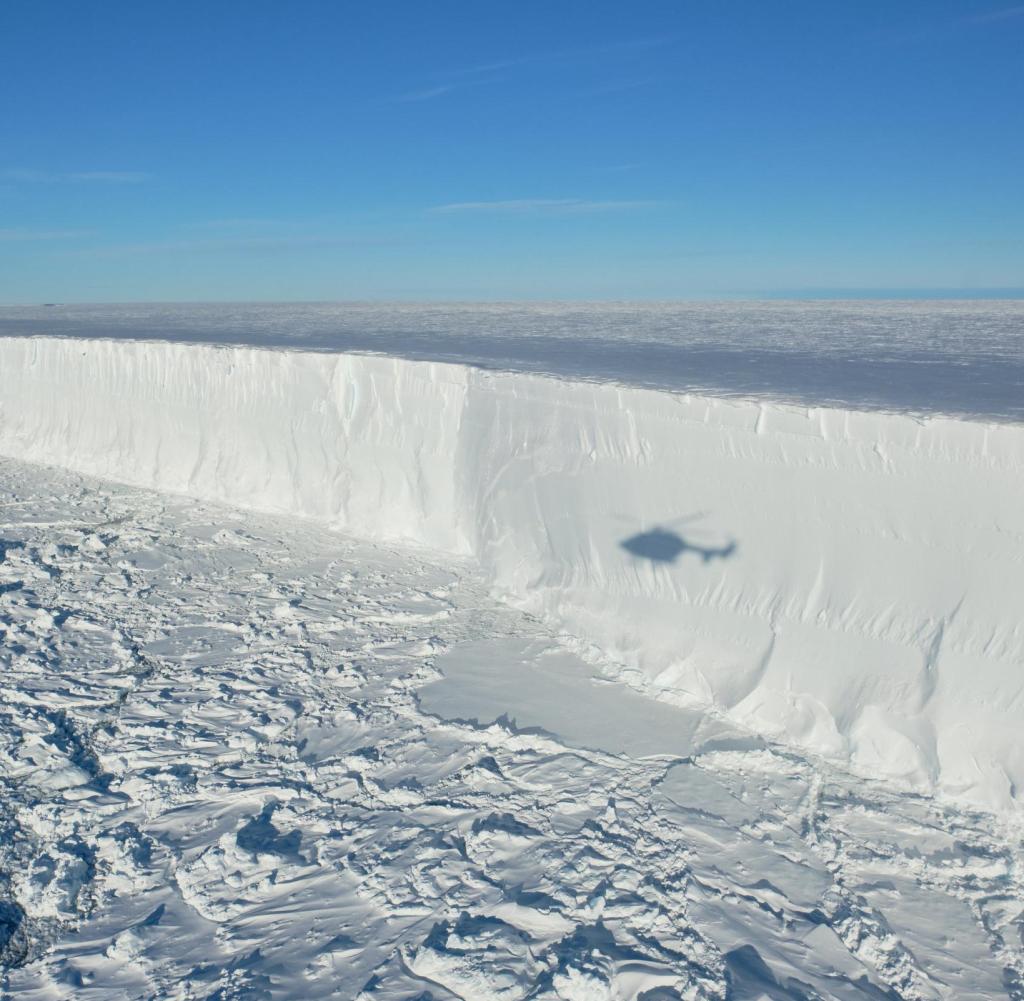
Atmospheric Archive: Antarctica seen from a helicopter
Source: picture alliance / dpa / Alfred -wege
The hydrogen content in the air has nearly doubled since the beginning of the 20th century. This can be seen in Antarctic ice. So far, the cause has been car exhaust fumes – but this alone cannot explain the uncontrolled increase.
DrThe hydrogen content in the air in the southern hemisphere is unusually high. It rose by about 70 percent in the twentieth century. A group led by John Patterson of the American University in Irvine (California, USA) reconstructed the development of hydrogen content from 1852 to 2003 with the help of Antarctic ice cores. Although the increase until the mid-1970s can be explained by increased emissions from automobiles, Write the researchers in the study In the specialized newspaper “PNAS”. However, the incremental increase baffled scientists.
As the falling snow in Antarctica gradually condenses into ice, tiny air bubbles trap. When drilling the ice core, deep layers of ice can be brought to the surface and air can be extracted from the ice. This air can be examined for its components, and this is how measurement data on air composition over the past decades is generated. Ice core samples obtained at Megadunes in Antarctica in January 2004 are 140 years old. The series of measurements was reconstructed to 1852 using computer models.
Until 1890, the hydrogen content in the atmosphere over Antarctica was about 330 parts per billion air molecules (parts per billion, parts per billion). This was followed by an increase of 1.5 parts per billion per year, from 1960 about 2.5 parts per million per year to about 550 parts per billion by the end of the twentieth century. Only about 2000 the curve is flattened. The cycle is unusual for two reasons: It has been separated from the cycle in the northern hemisphere and from the carbon monoxide (CO) content in the air for several decades.
The hydrogen content in the northern hemisphere, which was reconstructed using ice cores from Greenland, rose to about 500 parts per billion in the 1960s and has remained at that level ever since. “It is believed that the sources of atmospheric hydrogen and carbon monoxide are closely related, because incomplete combustion and photochemical oxidation of formaldehyde are the main sources of both gases,” the researchers wrote. But while the carbon dioxide level showed a decline after the 1970s, the hydrogen level continued to rise.
Globe pump and sampler bottles
Source: Jeffrey P. Severinghaus.
“The stability and decline in anthropogenic CO2 emissions during the late 20th and early 21st centuries was due to stricter air pollution controls, increased use of automatic catalytic converters, and improvements in the efficiency of catalytic converters,” Patterson and colleagues write. Therefore, the additional increase in hydrogen content in Antarctic air as well as in other measurements in the Southern Hemisphere is currently not possible to explain. The researchers stress that this cannot be attributed to increased methane oxidation alone. Hydrogen is not a greenhouse gas, but it does affect the ability of other components of the atmosphere to trap methane and ozone.
Continued increase requires increased emissions from another man-made source and changes in natural sources or basins, i.e. reservoirs that release or absorb hydrogen from the air, as an explanation. “For a gas with a shelf life of about two years, it is difficult to construct a realistic emission scenario in which there is a strong trend in one hemisphere but not the other,” the scientists conclude.

“Total coffee aficionado. Travel buff. Music ninja. Bacon nerd. Beeraholic.”






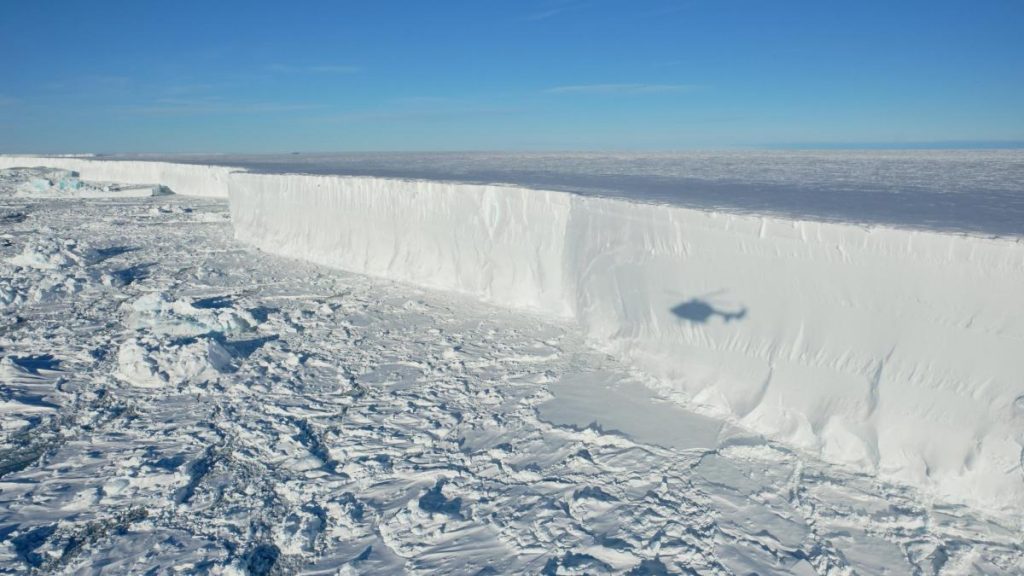
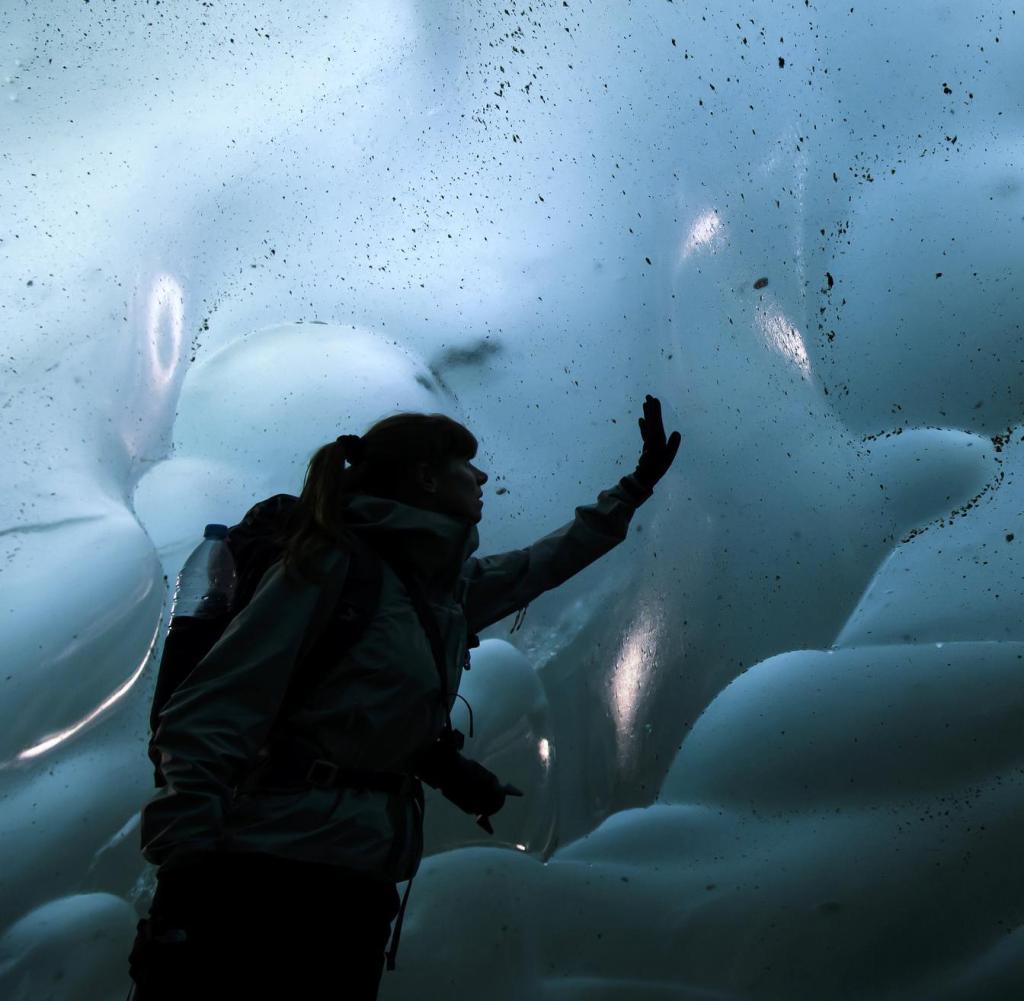
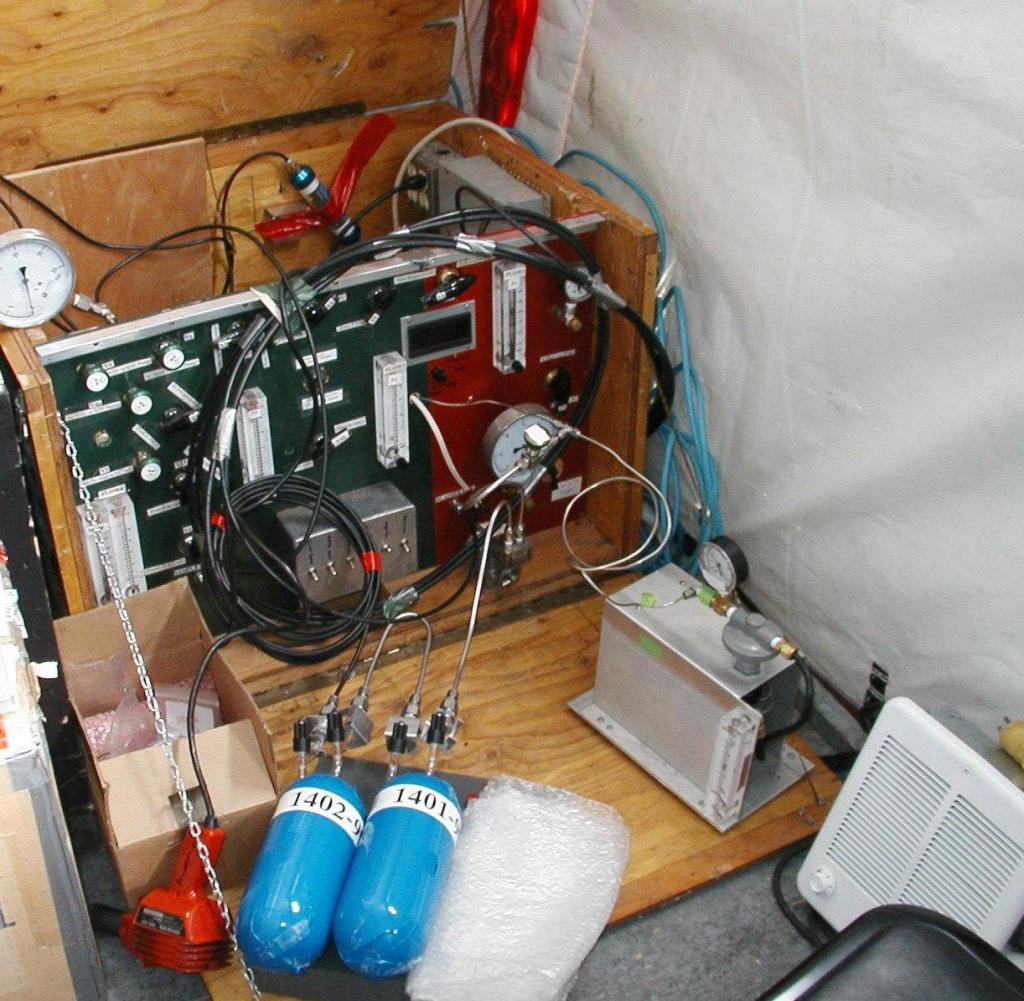

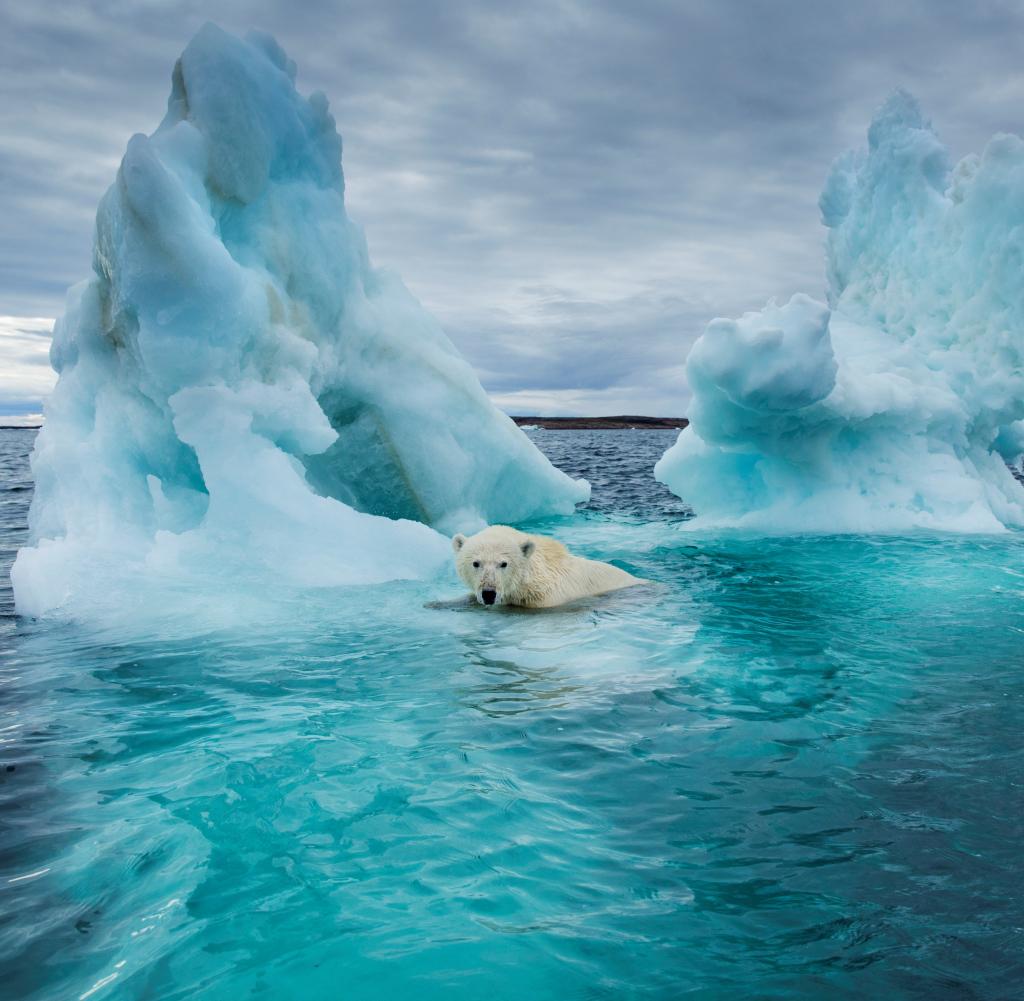
More Stories
Researchers detect extremely high-energy gamma rays
Anxiety disorders in old age increase the risk of dementia
Researchers are particularly fascinated by these exoplanets.